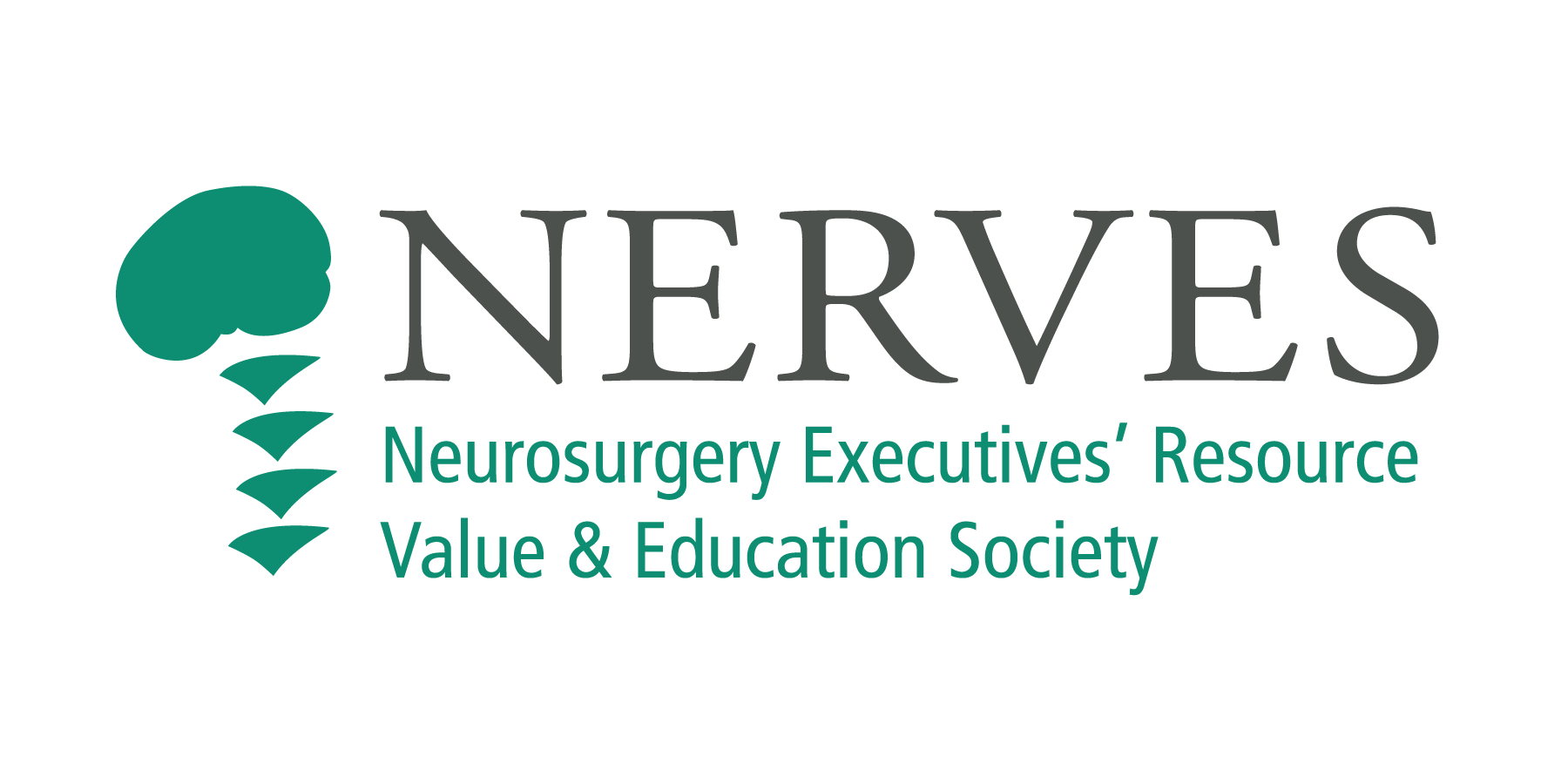A Case of Burnout: Risk Management Recommendations for Practice Leaders
Tamara Johnson, BSN, RN, CPHRM, RHIA
Program Director, Clinical Risk Management & Patient Safety—Curi Advisory
Burnout has become far too common among medical professionals. A recent claims case study from Curi outlines risk management recommendations for combatting this rapidly growing trend in healthcare.
The Case:
A 58-year-old solo practitioner struggled to keep his practice afloat following the fallout of COVID-19 pandemic. The stress of overseeing daily operations and managing patient care took a significant toll on his overall well-being. As he strived to maintain work-life balance, he found himself spending more time at the office than he did with his family, and the never-ending burden of paperwork, lack of staffing, and inadequate reimbursement became overwhelming. Simultaneously as he worked longer hours, he began to lose sleep at night with anxiety over his future, as well as the future of his staff and patients.
The uncertainty about the future and his lack of personal accomplishment began to be reflected in his day-to-day interactions with staff and patients. He found himself lashing out at staff when he couldn’t find information readily in the electronic medical record. He began to berate patients who didn’t keep appointments and was quick to recommend terminating patients who failed to follow treatment plans without investigating the reason for non-adherence.
Staff and patients began to comment on his lack of attentiveness, and the practice manager pulled him aside to discuss these changes in his personality. He knows something is wrong, he lives in constant fear that his profession and livelihood are at stake. However, right now, he feels powerless against it.
This physician is facing burnout. Fortunately, the industry has recognized this growing trend, and many are taking swift action to help doctors and other medical professionals in their time of need with a wide array of resources. To help combat this issue, we recommend taking the following steps.
Risk Management Recommendations:
- Assess the organization and caregiving team to identify and address any sources or signs of traumatic stress
- Encourage clinicians to talk about stressors impacting their well-being
- Support the entire patient care team
- Review methods for staff to decompress at the end of workday, to include:
- Review—acknowledge challenges faced and let them go
- Reflect—consider and appreciate positives in your day
- Regroup—offer support to colleagues and ask for help if needed
- Reenergize—turn your attention to home, with relaxing and resting as the focus
- Evaluate the work environment to ensure your workforce is engaged by assessing whether:
- Workloads are sustainable
- Individuals feel they have choices and control
- Staff are being recognized for accomplishments
- Work environment fosters a sense of community
- Organization promotes fairness, respect, and justice towards all team members
Curi Advisory’s Risk Solutions team recently launched Curi Academy, offering practice administrators educational modules on managing & addressing burnout, disruptive patient behavior, medical record management, and proactive patient experience & service recovery strategies for practices who have a medical professional liability policy with Curi.
For additional information on the topic of burnout or for more resources to help, reach out to Curi at 1-800-662-7917. Readers may also click here to view our most recent blog posts about well-being and the burnout crisis.
About Tamara Johnson
Tamara Johnson is Program Director of Clinical Risk Management and Patient Safety for Curi Advisory, Curi’s business unit focused on helping practice leaders protect, optimize, and grow their businesses. Tamara oversees clinical risk management activities and leads the research and development of new work products. Prior to joining Curi, Tamara gained more than 30 years of experience in the healthcare industry, working with professional liability carriers, hospitals, and outpatient healthcare facilities. She earned a degree in Health Information Management from East Carolina and a BSN from Virginia Commonwealth University.
Citations
- De Simone S, Vargas M, Servillo G. Organizational strategies to reduce physician burnout: a systematic review and meta-analysis. Aging Clin Exp Res. 2021;33(4):883-894.
- Litam SDA, Balkin RS. Moral injury in health-care workers during COVID-19 pandemic. Traumatology. 2021;27(1):14-19.
- Centers for Disease Control and Prevention. Strategies to mitigate healthcare personnel staffing shortages. Updated January 21, 2022. Accessed November 18, 2022. www.cdc.gov/coronavirus/2019-ncov/hcp/mitigating-staff-shortages.html
- Gaither MD, C. Reignite: From Burned Out to On Fire. 1st ed. Lifestyle Entrepreneurs Press. 2018.
